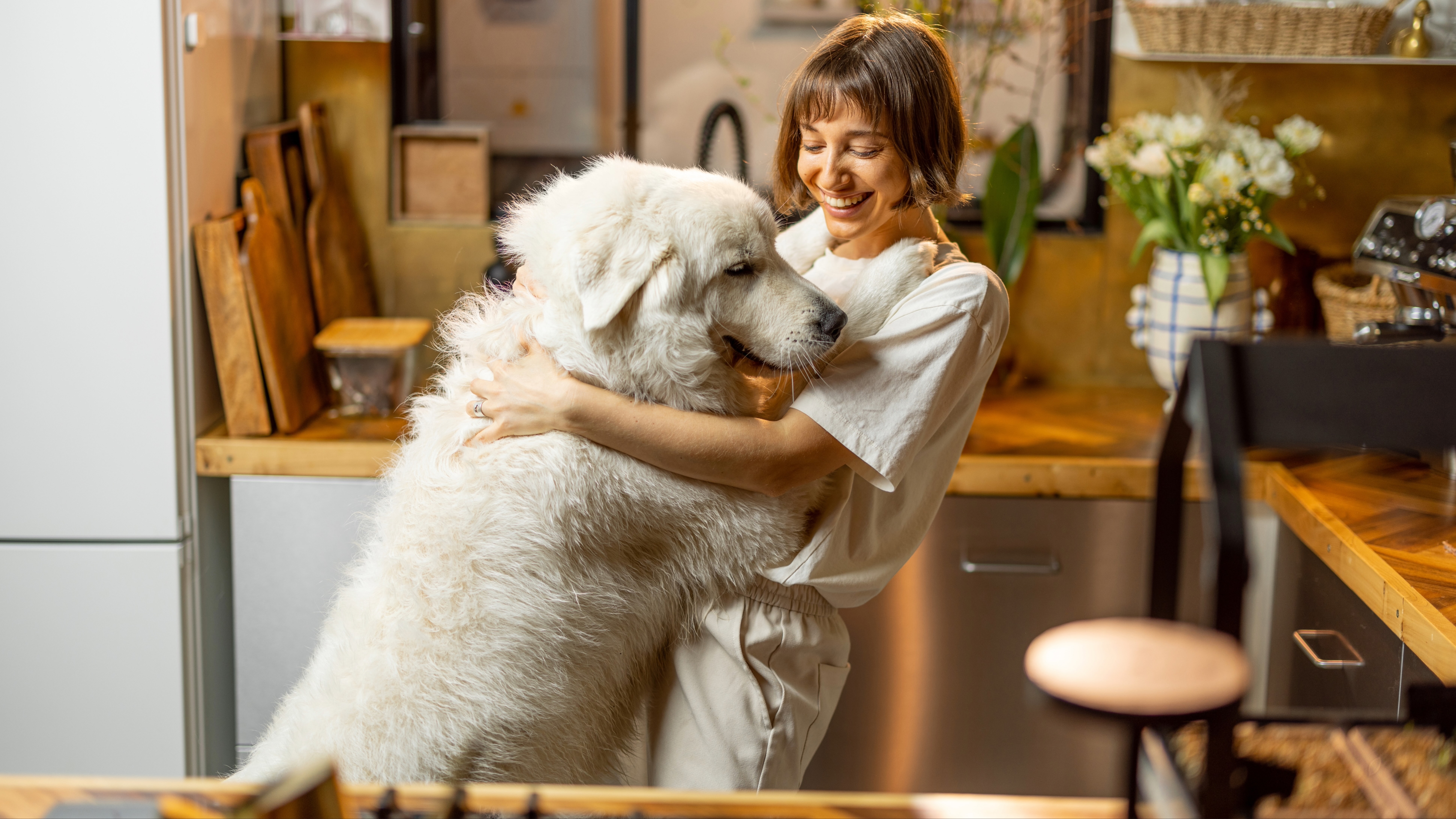Scientists are looking into why the biggest dogs have shorter life expectancies — and what they've discovered makes a whole lot of sense
Smaller dogs tend to outlive bigger canines, and there are now a couple of theories as to why.

Whether our dogs are big or small, we’d love them to stay by our side for as long as possible. However, we know that our pups’ lifespans are shorter than ours, so all we can do is ensure they’re as happy and healthy as possible.
Of course, some breeds tend to live longer than others, and we often find that smaller breeds live longer – it’s not unusual for dogs like chihuahuas and toy poodles to approach even their late teens.
In contrast, bigger dogs like great danes are expected to live between eight and 10 years, though many die at a younger age, whether they get all the love, treats, and even the very best dog food. Zeus, the world’s tallest dog, died earlier this year at the age of four, with his dog mom Brittany Davis telling National Geographic, “It happened so, so fast. He was fine one moment, and the next he wasn’t.”
So, how long do dogs live, and why? Well, now, scientists are beginning to understand why big dogs tend to die younger.
One theory as to why larger dogs don’t live as long is related to their growth. According to Silvan Urfer, a veterinarian who works on the Dog Aging Project, dogs tend to be the same size as newborns regardless of breed.
As a result, big dogs have a lot more growing to do after birth. As cells divide, telomeres – protective bits of DNA on the end of chromosomes – get shorter, and the body will produce more oxidative molecules that can damage DNA. So, Urfer explains to National Geographic, large dogs will “accumulate damage in their cells for each division, including telomere attrition and … oxidative damage.”
Hence, big dogs can age faster than their smaller counterparts. This aligns with Urfer’s previous research that suggests large dogs develop age-related cataracts earlier than small dogs.
Get the best advice, tips and top tech for your beloved Pets
Meanwhile, Jack Da Silva, a geneticist at the University of Adelaide, says that there’s a relationship between the size of a dog and their likelihood of dying from cancer – and the same thing is echoed in humans, with taller people at a higher risk for most types of cancer.
However, across other animals, larger species both live longer and have a lower risk of cancer, something known as Peto’s paradox. Da Silva thinks that the paradox may only hold water when animals adapt to having bigger bodies through evolution. “It could be that because large breeds have been developed fairly recently, in the last 200 years, that there just hasn't been enough time for large breeds to evolve better cancer defenses,” he explains.
He’s looking into whether there could be a correlation between the age of a dog breed and the risk of cancer, but with a lack of genetic information on older dog breeds, the research has been limited so far.
So, while research is going on, there are still things we don’t know yet. In the meantime, why not take a look at our 32 tips for taking care of senior dogs, brush up on these seven behavioral changes in elderly dogs, and of course give your own pup plenty of love and affection!

Adam is a freelance journalist specialising in pets, music and culture, and mental health and wellbeing. He investigates and writes the large majority of news on PetsRadar, and collaborates with veterinary experts to produce informative pet care content.
Adam has a journalism degree from Southampton Solent University and a masters degree in Magazine Journalism from Cardiff University. He was previously senior editor at dog advice website DogTime.com, and has also written for The Independent, GoodToKnow and Healthline.
He owns two rescue cats, Bunny and Dougie, and has also previously had a rabbit, fish and Roborovski dwarf hamsters.
